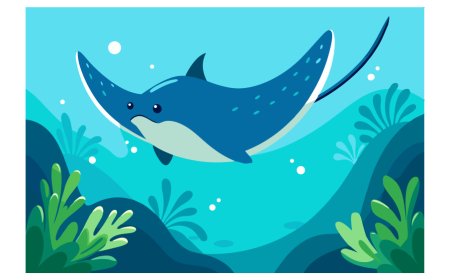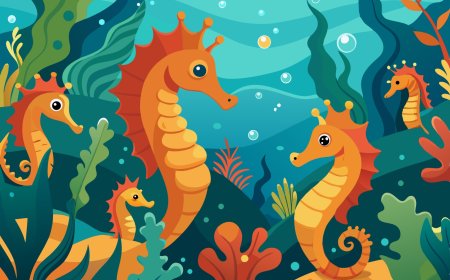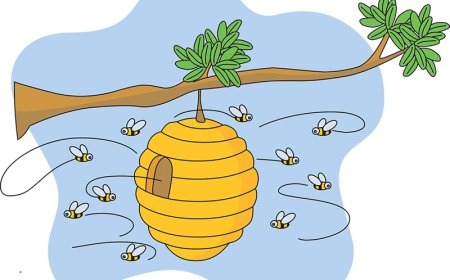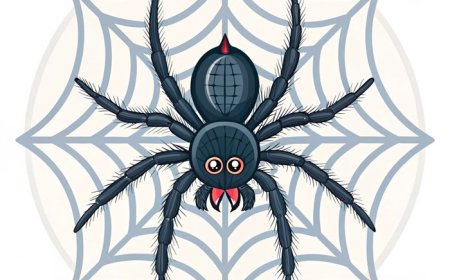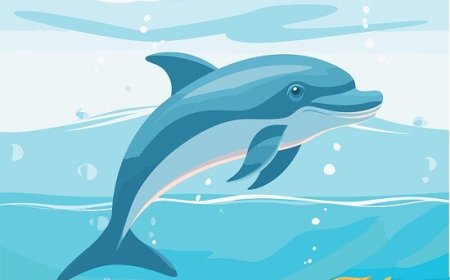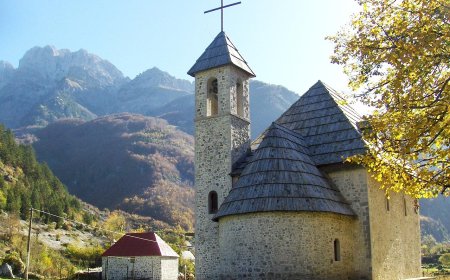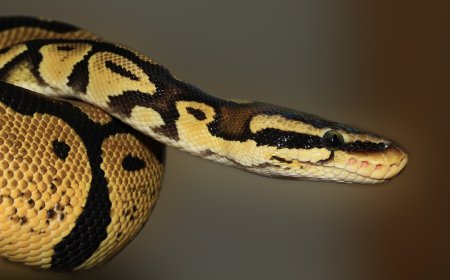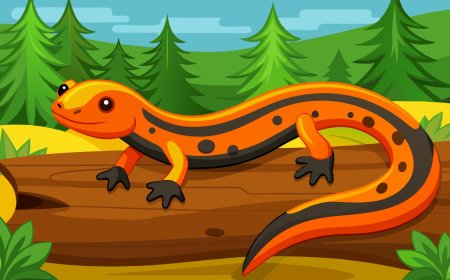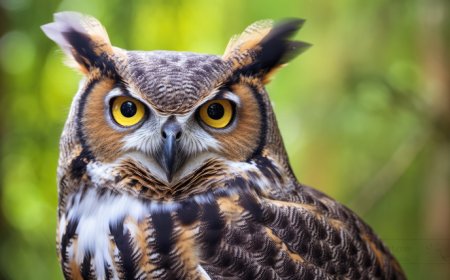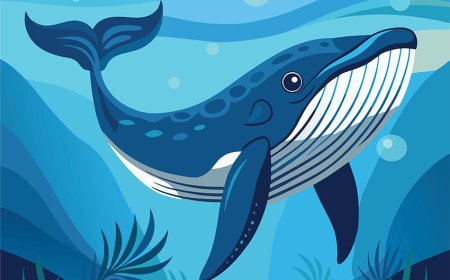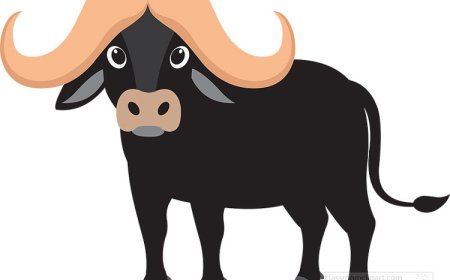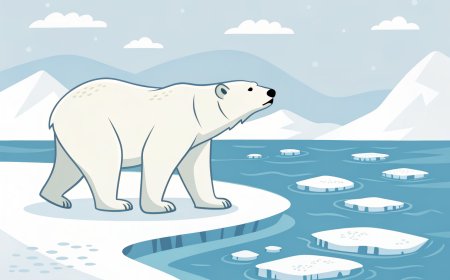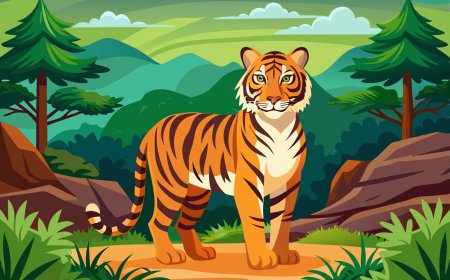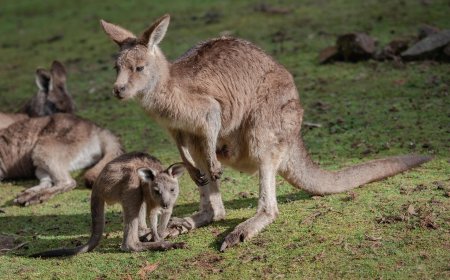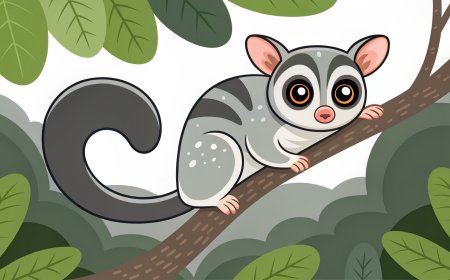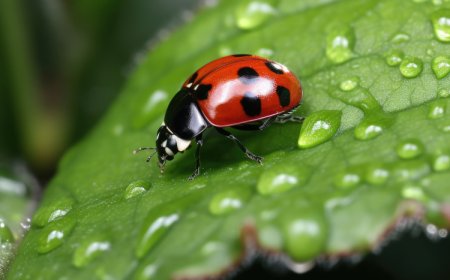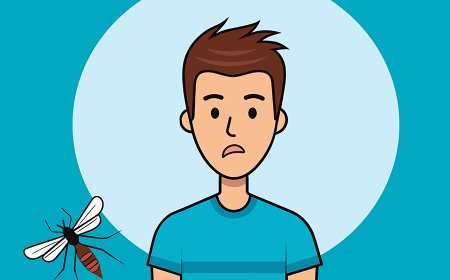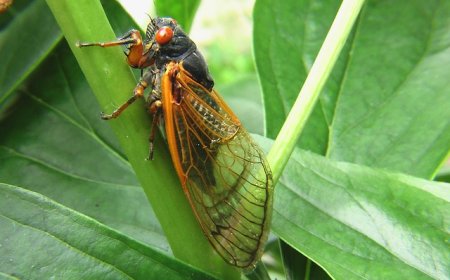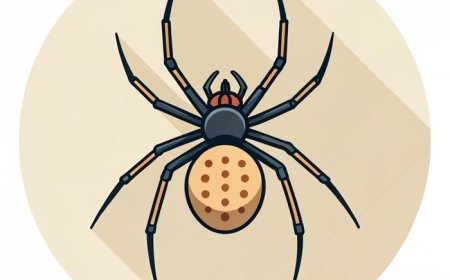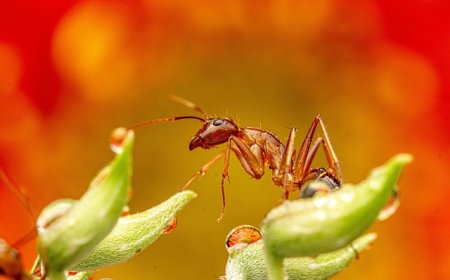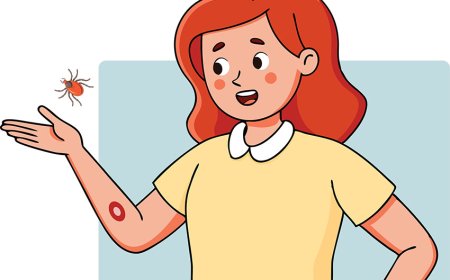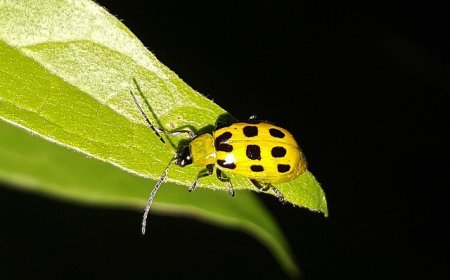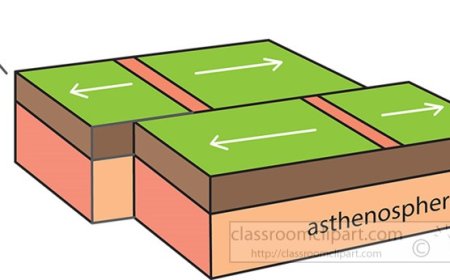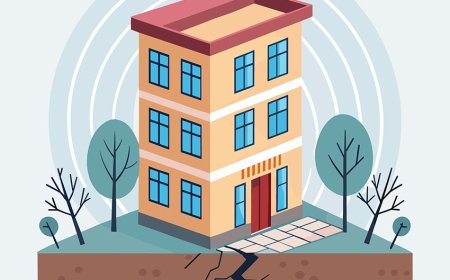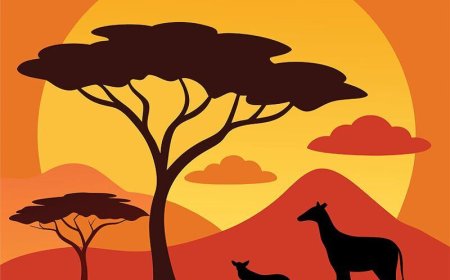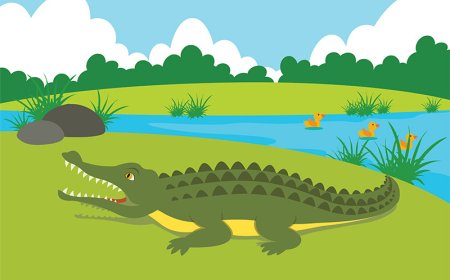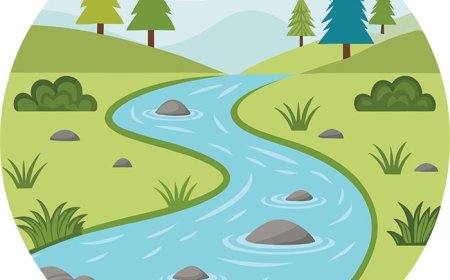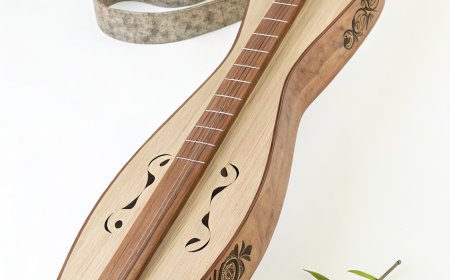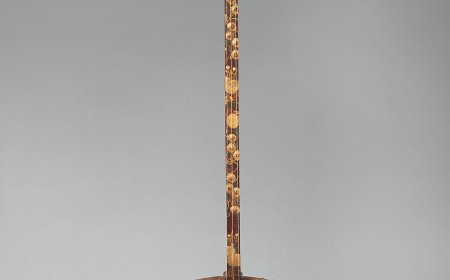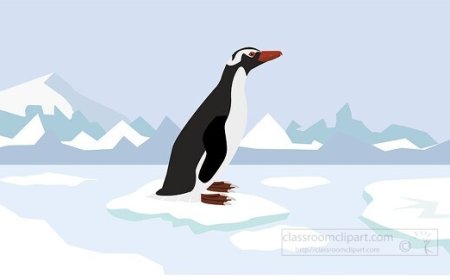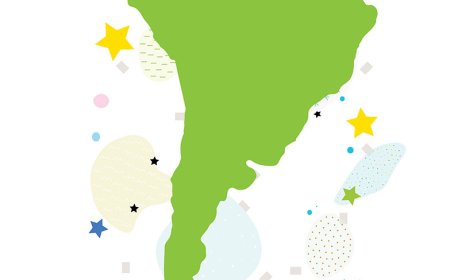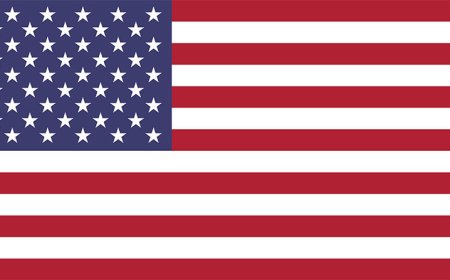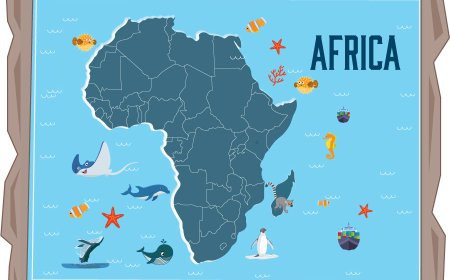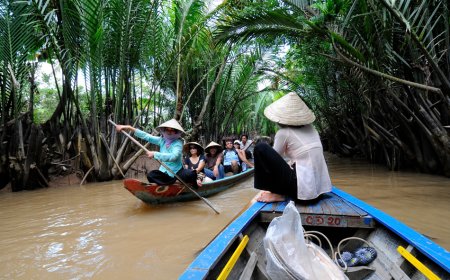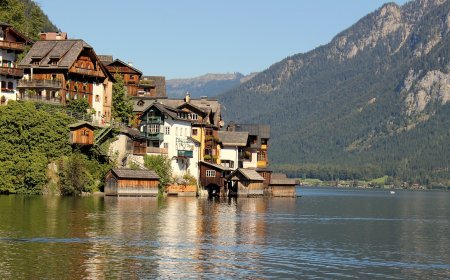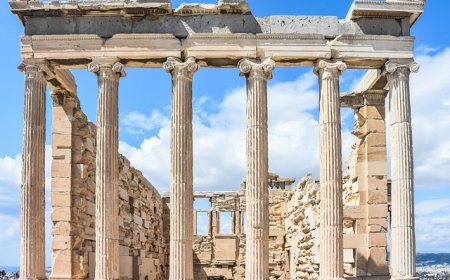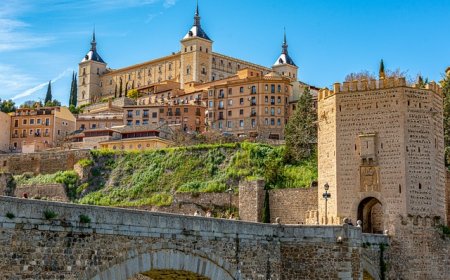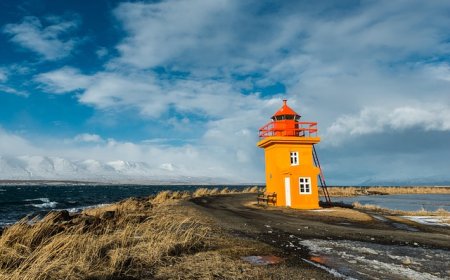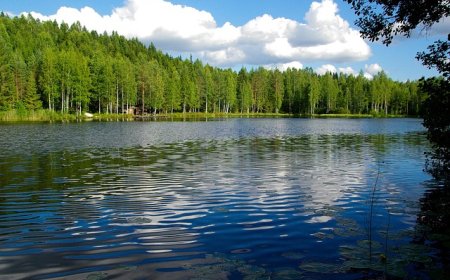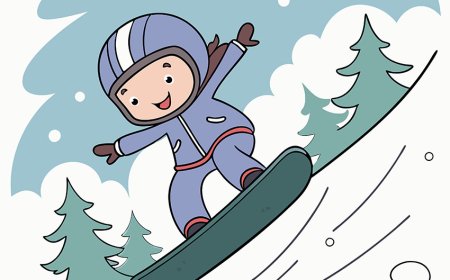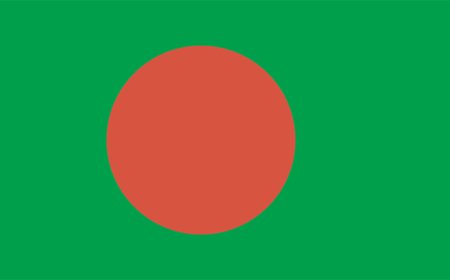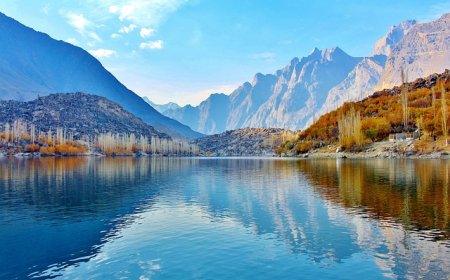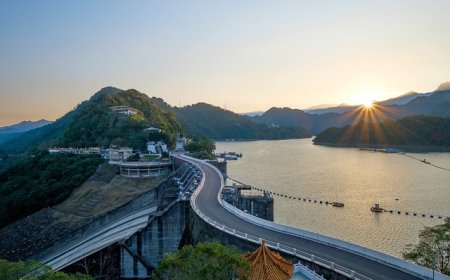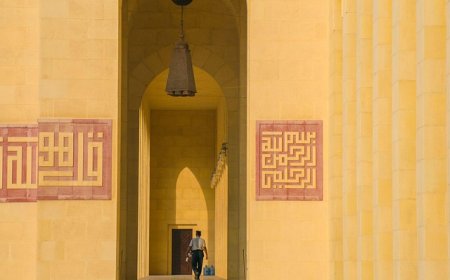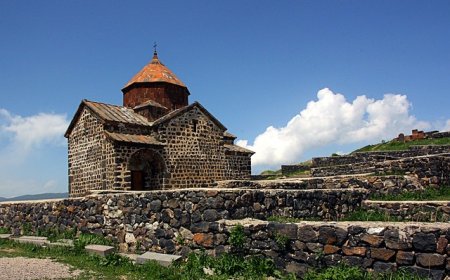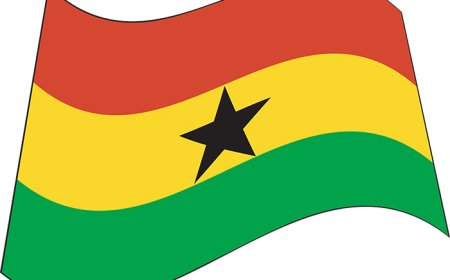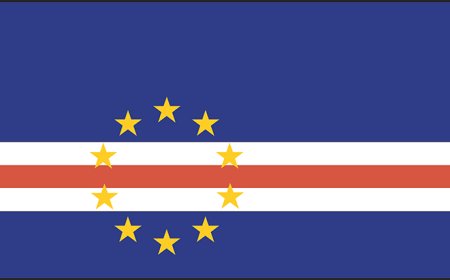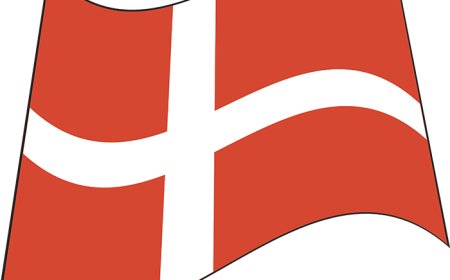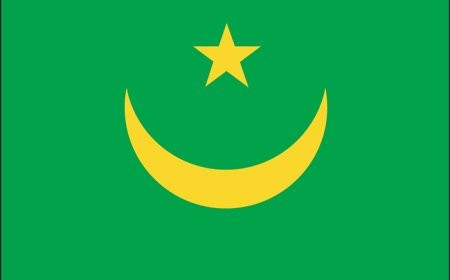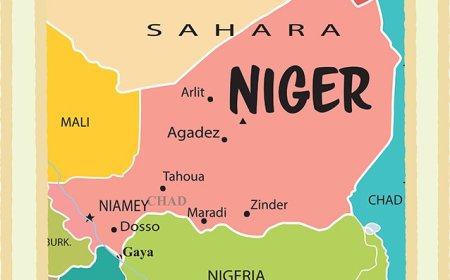São Tomé and Príncipe Facts for Kids – Island Culture, Geography & Naturerican Island Nation
Learn about São Tomé and Príncipe for kids. Discover this island nation’s tropical forests, volcanic landscapes, cocoa farms, vibrant culture, and unique wildlife in the Gulf of Guinea.
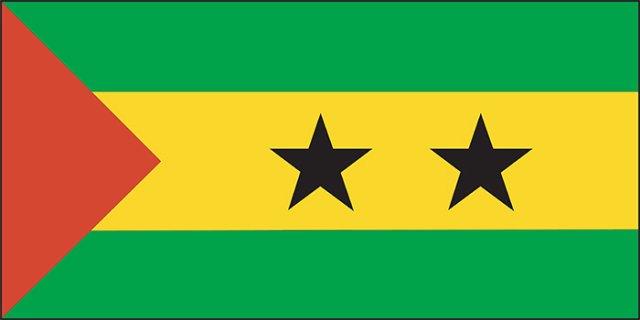
🌍 Introduction: Two Islands with One Story
São Tomé and Príncipe is the smallest Portuguese-speaking country in the world, made up of two main volcanic islands in the Gulf of Guinea, just off the west coast of Central Africa. Though tiny in size—together covering less than 1,000 square kilometers—these islands boast dramatic mountains, lush rainforests, sparkling beaches, and a rich history shaped by explorers, plantation agriculture, and a diverse Creole culture. Today, São Tomé and Príncipe is a peaceful democracy that honors its traditions while looking toward eco-tourism and sustainable development.
🗺️ Geography and Environment
The Republic of São Tomé and Príncipe lies about 250 kilometers off the coast of Gabon, straddling the equator. The two main islands are São Tomé (the larger) and Príncipe, plus several uninhabited islets. São Tomé’s landscape is defined by the soaring peak of Pico de São Tomé, rising to 2,024 meters through cloud forests to barren volcanic rock at the summit. Crater lakes, waterfalls, and deep ravines carve the island, while coastal plains hold most of the villages and cocoa plantations. Príncipe, smaller and quieter, features Pico Papagaio (948 meters), dense rainforest reserves, and secluded bays. The climate is tropical: hot and humid year-round, with a rainy season from October to May. The islands’ forests, now protected as UNESCO Biosphere Reserves, harbor species found nowhere else—giant tree frogs, rare birds like the São Tomé fiscal, and abundant orchids.
🏛️ Government, Language, and Population
São Tomé and Príncipe is a semi-presidential republic, with a president elected by popular vote and a prime minister heading the government. Since independence from Portugal in 1975, the country has maintained a stable democracy, holding regular elections and peacefully transferring power. The capital city, São Tomé, sits on the northeast coast of the island of the same name; it is the political, economic, and cultural center, with colonial Portuguese buildings, busy markets, and a harbor sheltered by the island’s volcanic rock. The population is about 220,000 people, making it one of Africa’s least-populated nations. Most residents are descendants of Portuguese colonists, African slaves, and contract laborers from Cape Verde, Angola, and Mozambique, resulting in a Creole culture. Portuguese is the official language, while Forro, Angolar, and Principense Creoles—Portuguese-based dialects—are spoken in daily life. The majority of São Toméans are Roman Catholic, though small Protestant and Muslim communities add to the religious tapestry.
🎭 Culture and Daily Life
Daily life on the islands unfolds at a relaxed pace. In the early morning, fishermen head out in wooden pangas to catch tuna, wahoo, and mackerel. Women return to shore with baskets of fish and local produce—bananas, breadfruit, cassava—and sell them in crowded markets. Throughout the day, the scent of calulu (a fish and vegetable stew), fatias (fried banana slices), and strong Portuguese-style coffee wafts through the streets. Families gather for midday meals, sharing plates of rice with beans, grilled fish, or goat stew flavored with palm oil and herbs.
São Toméan music blends African rhythms with Portuguese fado influences. Ússua, puita, and dumbé drumming traditions are central to festivals celebrating saints’ days or harvests, while contemporary bands mix zouk, kizomba, and palm wine music. Dance is both communal and ceremonial, and story-telling through poetry and spoken word preserves the islands’ myths of volcanic creation and ocean spirits. Traditional crafts—woven baskets, carved canoes, embroidered textiles—reflect a blend of African and Portuguese techniques.
📜 History: From Plantation Colony to Independence
The uninhabited islands were discovered by Portuguese explorers João de Santarém and Pêro Escobar in 1470, who named them for Saint Thomas and a prince of Portugal. By the 16th century, São Tomé had become a major cocoa and sugar plantation colony, worked by enslaved Africans. The island’s fortunes rose and fell with European demand, and by the 19th century, it was the world’s largest cocoa producer. Abolition of slavery in the mid-1800s and collapse of sugar caused economic shifts; indentured laborers from Cape Verde and Angola arrived, reshaping the population. In 1951, the islands achieved Portuguese provincial status, and a powerful independence movement gained momentum. On July 12, 1975, São Tomé and Príncipe proclaimed independence as a one-party state. A democratic constitution in 1990 opened multi-party elections, and since then the nation has built stable institutions, despite economic challenges and occasional political tension.
💰 Economy and Resources
Today, São Tomé and Príncipe’s economy relies on cocoa, which still accounts for about 90% of exports, though yields have declined. Smallholders cultivate robusta cocoa under shade trees along mountain slopes, producing 2,000–3,000 tons annually. Fishing, palm oil, and small-scale agriculture (coconuts, bananas, peppers) supplement rural incomes. Tourism is a growing sector, with eco-lodges, whale-watching, and hiking along volcano trails attracting visitors. The government has explored offshore oil prospects in the Gulf of Guinea, but prospects remain uncertain. Remittances from São Toméans working abroad—especially in Portugal—also support household incomes. To reduce dependence on cocoa, national development plans emphasize sustainable tourism, fisheries management, and renewable energy, seeking international partnerships and investment.
🌿 Wildlife and Natural Beauty
São Tomé and Príncipe is a hotspot of endemic biodiversity, protected by OBO (Obô National Park) on São Tomé and Príncipe Island Natural Park. Over 1,000 native plant species thrive in the montane forests, many found nowhere else, including the giant São Tomé endemic ebony. Insects like the São Tomé weevil, reptiles such as the coconut crab, and birds like the Principe kingfisher add to the islands’ allure. Mammals are few—fruit bats, civets—but the coastal waters teem with turtles, dolphins, and migrating whale sharks. Tropical waterfalls cascade into clear pools, and black-sand beaches framed by volcanic rock offer swimming and snorkeling. Conservation initiatives involve local communities to protect turtles nesting on Ana Chaves Bay and preserve forest corridors for endemic birds.
📚 Vocabulary List
Word Definition
Creole A language or culture blending European and African elements
Pangas Small open boats used for fishing
Calulu A traditional stew made with fish or meat and vegetables
Umbu A Portuguese-style coffee popular on the islands
Obô National Park Protected rainforest area on São Tomé Island
Volcanic Relating to volcanoes or magma
Forro A Portuguese-based Creole spoken on São Tomé
Endemic Native to and found only within a specific geographic area
Plantation A large estate where crops are grown, historically by slave or contract labor
Biodiversity The variety of life forms in a particular habitat or region
🧒 Kid-Friendly Summary
São Tomé and Príncipe is a tiny island country in the Gulf of Guinea. It has tall volcanoes, green rainforests, and sandy beaches. People speak Portuguese and special island Creoles, and they eat yummy dishes like fish stew and fried bananas. Long ago, the islands grew tons of cocoa on big plantations. Today, visitors come to see rare birds, turtles, and huge tree frogs. The islands are special spots for nature lovers and anyone who likes hiking, fishing, and learning about history!
🎯 Interactive Quiz: What Do You Know About São Tomé and Príncipe?
1. What language is officially spoken in São Tomé and Príncipe?
a) English
b) French
c) Portuguese
d) Spanish
2. What crop remains the main export of the islands?
a) Coffee
b) Sugar
c) Cocoa
d) Tea
3. Which volcano is the highest point in the country?
a) Pico de Príncipe
b) Pico de São Tomé
c) Mount Cameroon
d) Mount Kenya
4. What does “endemic” mean?
a) Dangerous
b) Found only in one place
c) Very common
d) Extinct
5. What is a “panga”?
a) A traditional stew
b) A small fishing boat
c) A mountain trail
d) A type of bird
6. What kind of habitat covers most of the islands?
a) Desert
b) Grassland
c) Rainforest
d) Tundra
7. Which bay is famous for turtle nesting?
a) Ana Chaves Bay
b) Hudson Bay
c) Bay of Bengal
d) Guantánamo Bay
8. Which park protects the island’s rainforests?
a) Virunga National Park
b) Obo National Park
c) Zakouma National Park
d) Yellowstone National Park
